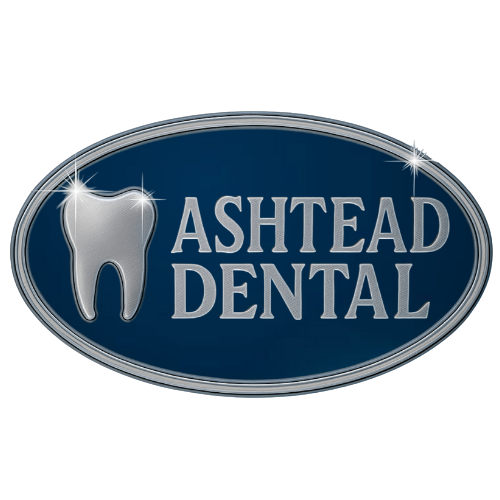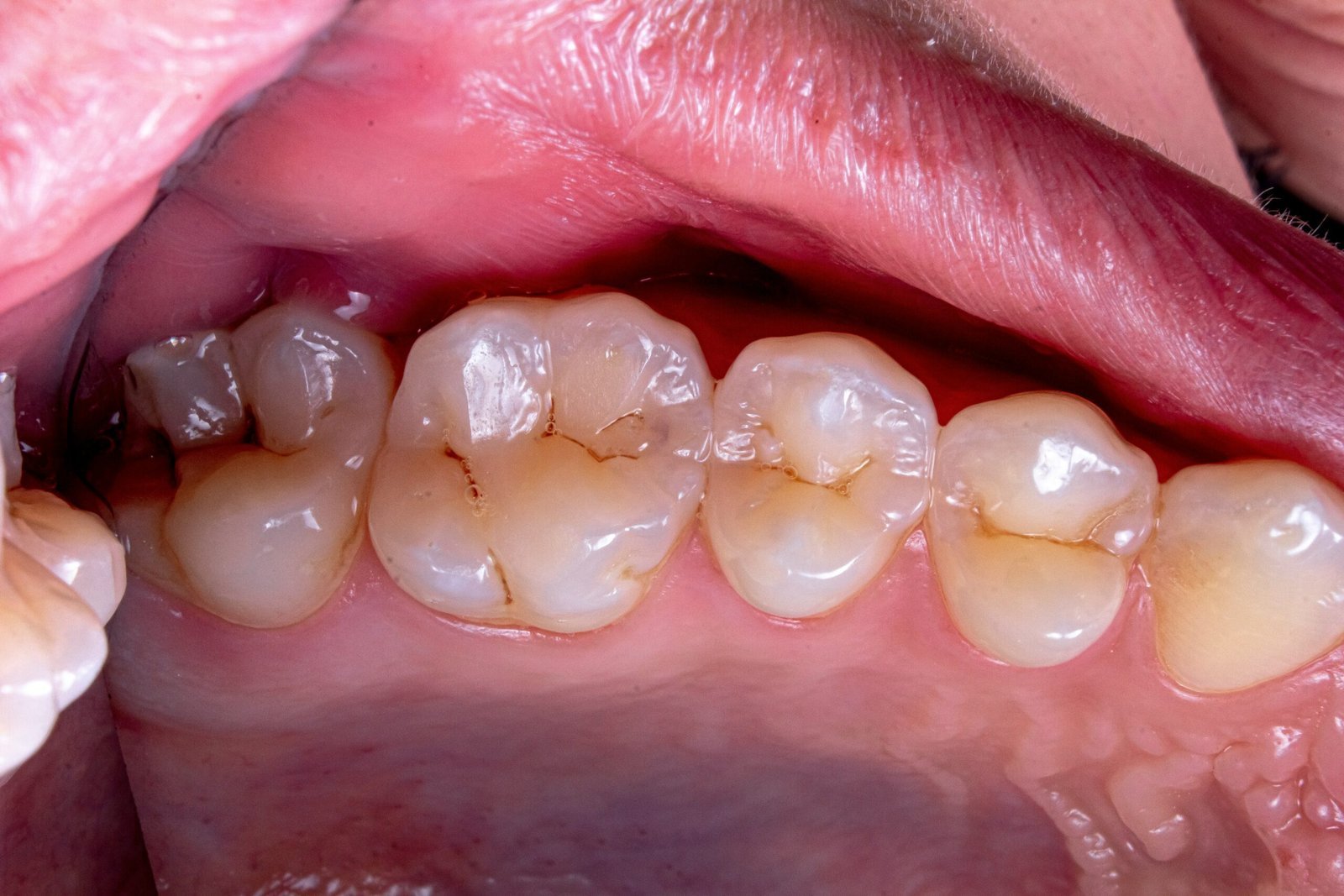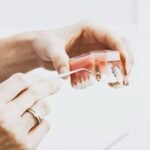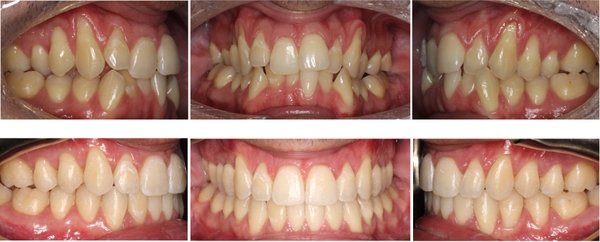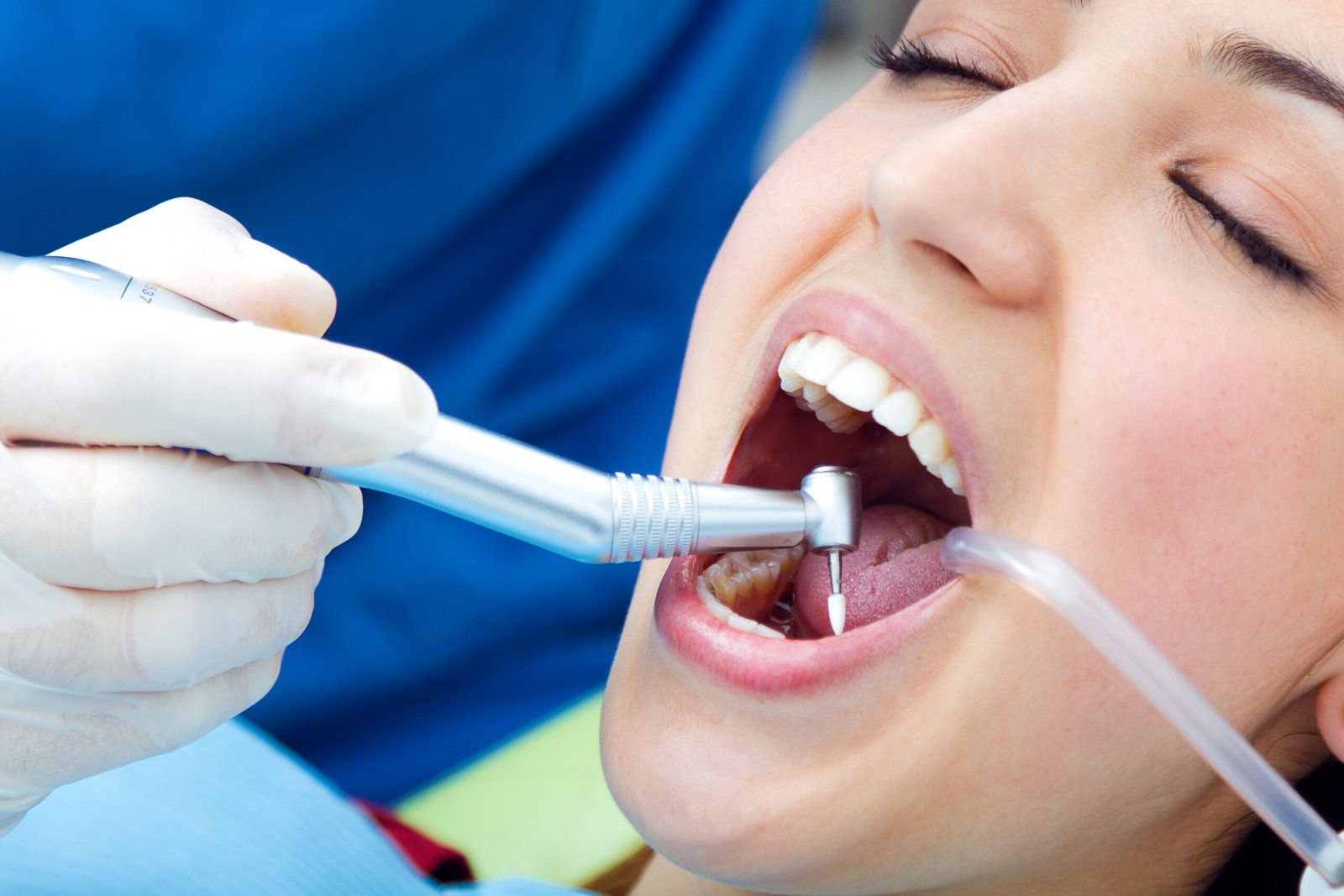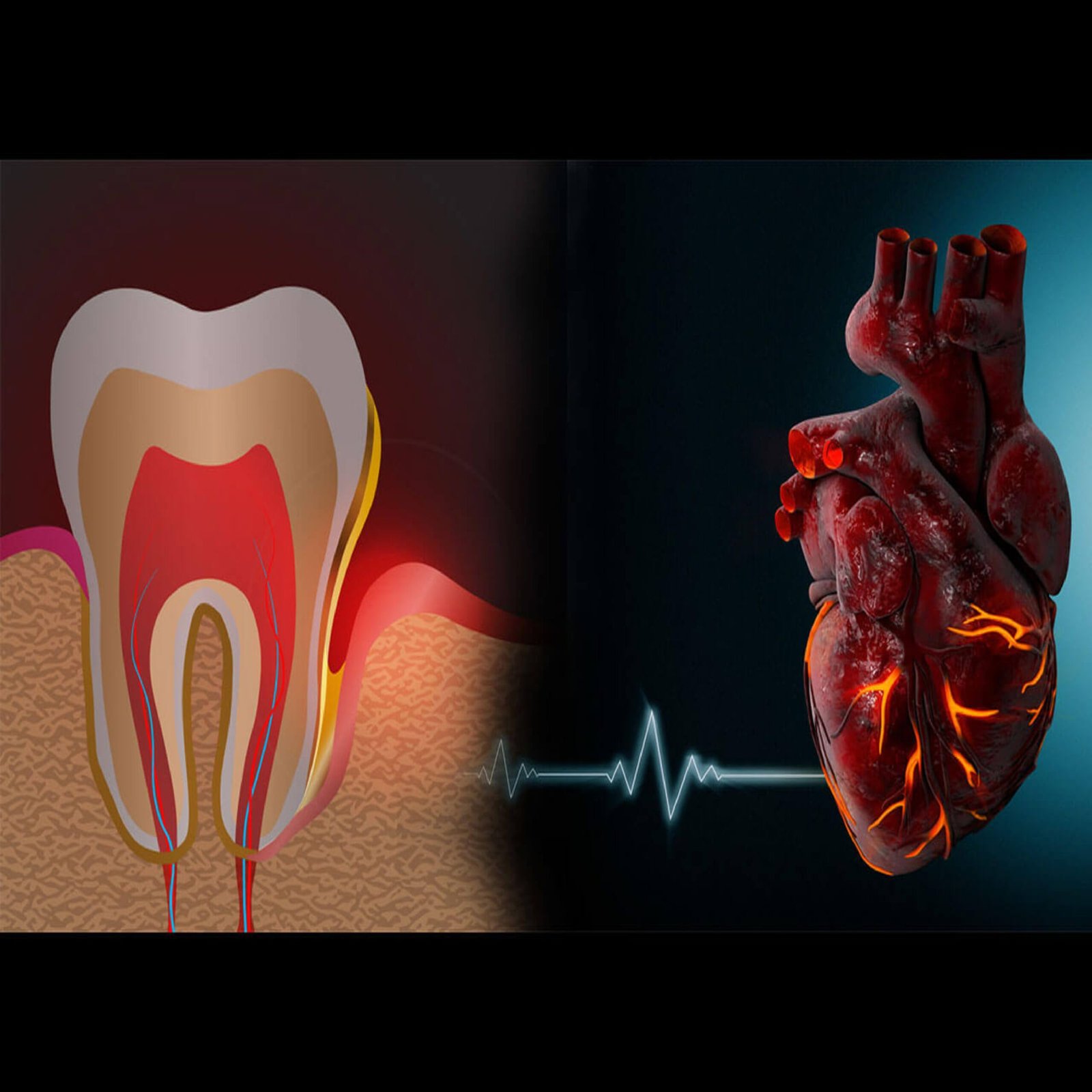Dental plaque is that sticky, colorless film that forms on your teeth throughout the day. If you don’t remove it, it can lead to cavities, gum disease, and even bad breath. The good news? With the right oral hygiene routine and some smart lifestyle choices, you can control and prevent plaque buildup. In this blog, …
Dental plaque is that sticky, colorless film that forms on your teeth throughout the day. If you don’t remove it, it can lead to cavities, gum disease, and even bad breath. The good news? With the right oral hygiene routine and some smart lifestyle choices, you can control and prevent plaque buildup.
In this blog, we’ll explore what plaque is, why it matters, and the best ways to get rid of it for a brighter, healthier smile.
Table of contents
What Exactly Is Dental Plaque?
Plaque is a thin, sticky layer of bacteria that forms on your teeth when bacteria mix with sugars and starches in your food.
If left untreated, plaque can harden into tartar (calculus), which can only be removed by a dentist.
Over time, plaque buildup may cause:
- Cavities (tooth decay)
- Gum disease (gingivitis or periodontitis)
- Bad breath
- Tooth staining
That’s why removing plaque daily is so important.
1. Brush Your Teeth Properly
Brushing is your first line of defense against plaque. To make it effective:
- Brush for two minutes, twice a day, giving each area equal attention.
- Use a soft-bristled toothbrush to protect gums. Electric toothbrushes can be very effective.
- Choose fluoride toothpaste to strengthen enamel and fight bacteria.
- Brush all surfaces of your teeth, including along the gumline.
2. Floss Daily
Brushing alone won’t remove plaque between teeth. Flossing is a must.
- Floss once a day, ideally before bedtime.
- Use a gentle sawing motion and curve the floss around each tooth.
- Try alternatives like interdental brushes, dental picks, or water flossers if traditional flossing is difficult.
3. Use Antibacterial Mouthwash
Mouthwash helps kill bacteria and freshen your breath.
- Choose an antimicrobial mouthwash with ingredients like chlorhexidine or cetylpyridinium chloride.
- Rinse after brushing and flossing for maximum effect.
- Avoid alcohol-based mouthwashes, which can dry out your mouth.
4. Eat a Plaque-Fighting Diet
What you eat directly affects plaque buildup.
- Limit sugary foods and drinks, especially between meals.
- Eat crunchy foods like apples, carrots, and celery to help clean teeth.
- Include dairy products like cheese, which neutralize acids and protect enamel.
- Drink plenty of water throughout the day to wash away food debris and keep your mouth hydrated.
5. Visit the Dentist Regularly
Even with great home care, some plaque will turn into tartar.
- Schedule dental cleanings every six months to remove tartar.
- Ask your dentist about preventive treatments like fluoride or sealants.
6. Quit Smoking and Manage Stress
Both smoking and stress can increase plaque buildup.
- Quit smoking to improve saliva flow and reduce bacteria.
- Manage stress with activities like exercise, mindfulness, or relaxation techniques.
7. Use Plaque-Removing Products
Several products can make plaque control easier:
- Use anti-plaque toothpaste with ingredients such as zinc citrate or pyrophosphates.
- Chew sugar-free gum to stimulate saliva production.
- Try plaque-disclosing tablets to identify areas you may have missed when brushing.
Conclusion: Keep That Smile Healthy!
Getting rid of dental plaque is essential for preventing cavities, gum disease, and bad breath. By brushing and flossing daily, using mouthwash, eating smart, and visiting your dentist regularly, you can protect your teeth and gums for years to come.
Quick Tips for a Plaque-Free Smile
- Brush and floss twice daily.
- Use antibacterial mouthwash.
- Limit sugary snacks and drinks.
- Visit your dentist every six months.
With these simple habits, you’ll be well on your way to a cleaner, healthier, and brighter smile!
